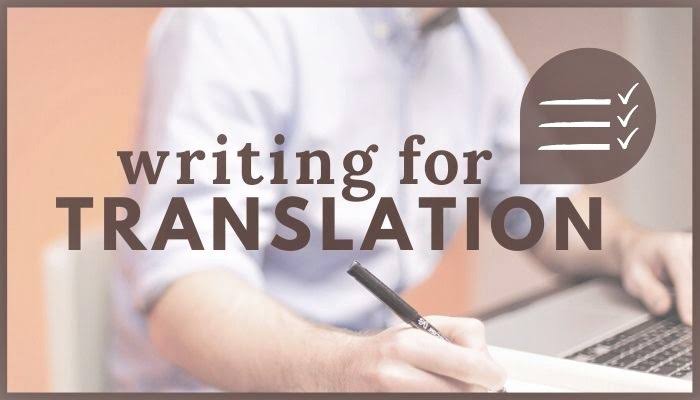Writing&Translation
About this gig
**Writing Descriptions:** Writing refers to the process of creating and structuring words, ideas, and concepts into a coherent and effective form. It can range from creative expression in literature to formal communication in business or academic contexts. Here are some key types of writing: 1. **Creative Writing:** Involves storytelling, poetry, and other forms of artistic expression. Writers use their imagination to create characters, plots, and settings, often aiming to evoke emotion or provoke thought. 2. **Academic Writing:** Includes essays, research papers, theses, and reports that present information in a structured, formal, and evidence-based manner. It emphasizes clarity, objectivity, and critical analysis. 3. **Business Writing:** Aimed at professional communication within businesses or organizations. It includes emails, reports, proposals, and other formal correspondence that prioritize clarity, conciseness, and professionalism. 4. **Technical Writing:** Involves creating manuals, guides, and documentation for complex systems, often in fields like technology, engineering, or medicine. It requires precision, clarity, and the ability to explain complex information in simple terms. 5. **Copywriting:** Writing persuasive content for marketing or advertising purposes. Copywriters aim to engage readers and encourage action, such as making a purchase or signing up for a service. --- **Translation Descriptions:** Translation involves converting text or speech from one language into another while preserving the original meaning, tone, and context. The goal is not just linguistic accuracy but also cultural sensitivity to ensure the translated message resonates with the target audience. Here are some key types of translation: 1. **Literary Translation:** The translation of novels, poems, plays, and other forms of literature. Literary translation requires not just linguistic skill but also an understanding of literary style, tone, and the cultural nuances of the source and target languages. 2. **Technical Translation:** Involves translating specialized content like user manuals, scientific papers, medical documents, or technical specifications. This requires expertise in the specific field and a deep understanding of technical terminology in both languages. 3. **Legal Translation:** Focuses on translating legal documents such as contracts, laws, patents, and court transcripts. Precision is crucial in legal translation, as even small errors can lead to significant consequences. 4. **Medical Translation:** Translating medical documents, patient information, or research papers in the healthcare field. Medical translators must understand complex medical terminology and ensure the content is accurate and easily understandable. 5. **Business Translation:** Involves translating corporate communications, marketing materials, or financial documents. Business translators need to ensure the message is culturally appropriate for the target market while maintaining clarity and professionalism. 6. **Certified Translation:** Refers to translations that are officially recognized and certified by a professional translator or translation agency, often required for legal or immigration purposes. Both writing and translation require skill, attention to detail, and an understanding of the subject matter, but translation demands an additional layer of cultural awareness and linguistic versatility.
.jpeg)

.jpeg)